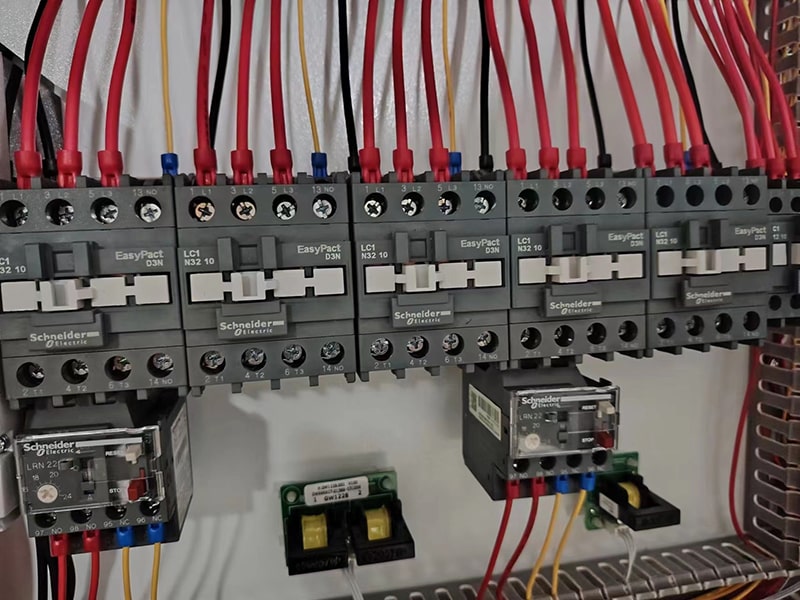
 English
English  Español
Español Português
Português русский
русский Français
Français 日本語
日本語 Deutsch
Deutsch tiếng Việt
tiếng Việt Italiano
Italiano Nederlands
Nederlands ภาษาไทย
ภาษาไทย Polski
Polski 한국어
한국어 Svenska
Svenska magyar
magyar Malay
Malay বাংলা ভাষার
বাংলা ভাষার Dansk
Dansk Suomi
Suomi हिन्दी
हिन्दी Pilipino
Pilipino Türkçe
Türkçe Gaeilge
Gaeilge العربية
العربية Indonesia
Indonesia Norsk
Norsk تمل
تمل český
český ελληνικά
ελληνικά український
український Javanese
Javanese فارسی
فارسی தமிழ்
தமிழ் తెలుగు
తెలుగు नेपाली
नेपाली Burmese
Burmese български
български ລາວ
ລາວ Latine
Latine Қазақша
Қазақша Euskal
Euskal Azərbaycan
Azərbaycan Slovenský jazyk
Slovenský jazyk Македонски
Македонски Lietuvos
Lietuvos Eesti Keel
Eesti Keel Română
Română Slovenski
Slovenski मराठी
मराठी Srpski језик
Srpski језик
How to choose the corresponding cable specifications for industrial box-type water chillers?
2024-01-04
When selecting cable specifications suitable for air-cooled/water-cooled chillers, multiple factors need to be considered, including the cable's working current, working ambient temperature, cable laying method and environmental conditions.

1. Determine the working current: Determine the working current of the cable based on the power and usage of the chiller. Generally speaking, the operating current of a cable should not exceed 80% of its rated current.
2. Consider the working environment temperature of the chiller: the working temperature of the cable should not exceed its specified maximum allowable temperature. When working in a high-temperature environment, the life of the cable will be affected, so it is necessary to choose high-temperature resistant cables.

3. Consider the cable laying method and environmental conditions: If the cable needs to be laid in pipes, closed bridges, etc., you need to choose cables with better protective properties such as armored cables or rubber-sheathed cables. If the chiller cable needs to withstand greater mechanical pressure or vibration, corresponding reinforced cables need to be selected.
4. Consider economy: On the premise of meeting the usage requirements, the more economical chiller cable specifications should be selected as much as possible.
Based on the above factors, the following is a list of cable specifications that you can choose suitable for small and medium-sized box-type chillers.

| Box-type chiller (air-cooled/water-cooled) (3-phase 380V50HZ, 3-phase 5-wire to copper core) does not include other voltages | ||
| power | Voltage | Selection of cables (national standard copper core |
| 2HP-3HP | 3 phase 380V50HZ | 1.5m² |
| 5HP | 3 phase 380V50HZ | 2.5m² |
| 8HP-10HP | 3 phase 380V50HZ | 4m² |
| 15HP | 3 phase 380V50HZ | 6m² |
| 20-25HP | 3 phase 380V50HZ | 10m² |
| 30-40HP | 3 phase 380V50HZ | 16m² |
| 50HP | 3 phase 380V50HZ | 25m² |
It should be noted that cables of different specifications have different current carrying capacities and resistance values, and different countries use different voltage frequencies, so the selection needs to be based on the actual situation when using them. At the same time, in order to ensure the safe operation of cables, regular maintenance and inspections are required. For chillers with non-standard customized voltage and frequency specifications, you need to consult the manufacturer to select the corresponding cables.





